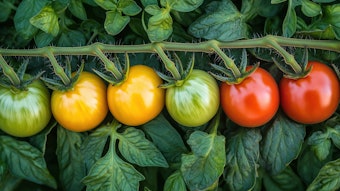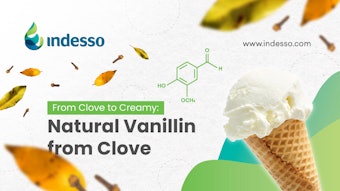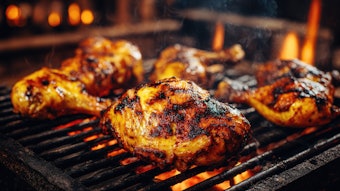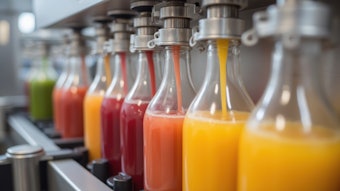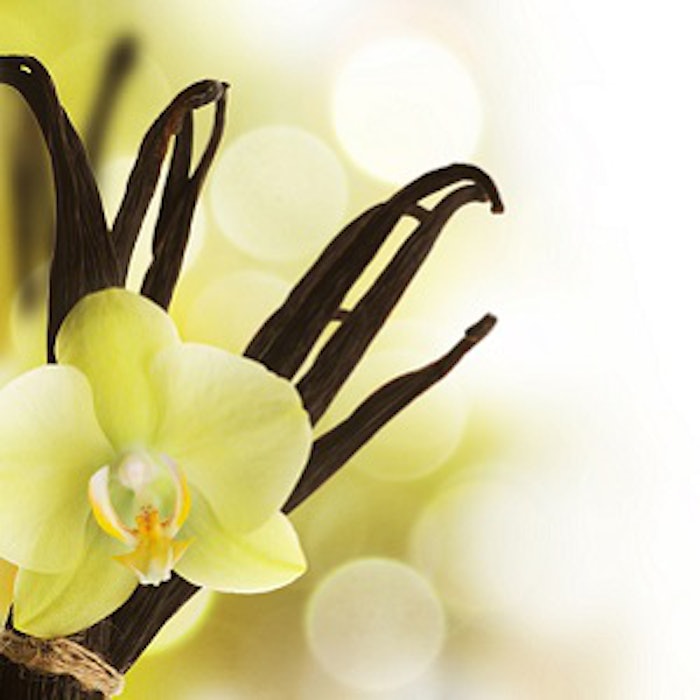
Curing of vanilla beans is an art form, as well as a science. A number of recent advances in plant biochemistry and chemistry have clarified some stages of the curing operation and opened up opportunities for improvement in and control of the process. The most commonly practiced curing operation is the Bourbon traditional process includes the following stages.
Blanching Stage
This involves the immersion of the green vanilla beans in hot water, at 60°–65°C, for up to three minutes. This is typically conducted in metal containers heated over a wood fire. Blanch water temperature is frequently monitored using a thermometer. This hot water treatment removes adhering dirt and soil from the beans, inhibits vegetative growth and activates a number of plant enzymes which are important for the development of the flavor and color of the final product.
Sweating, or Fermentation
The hot green beans are removed from the blancher and quickly transferred into large, closed, insulated wooden boxes and covered with wool blankets to prevent heat loss. Alternatively, beans may be wrapped in blankets in bundles, then stacked and covered with further insulating blanket layers. The beans are then fermented, or “sweated,” for a maximum of two days, during which time the temperature remains in the region of 40°C. The beans during this period turn from their initial green/ yellow color to dark brown and become texturally supple. At the same time the flavor forming processes involving enzymatic hydrolysis of vanillin precursor(s), phenol browning and lipid oxidation occur. Moisture content at this stage is in the region of 80–85%.





